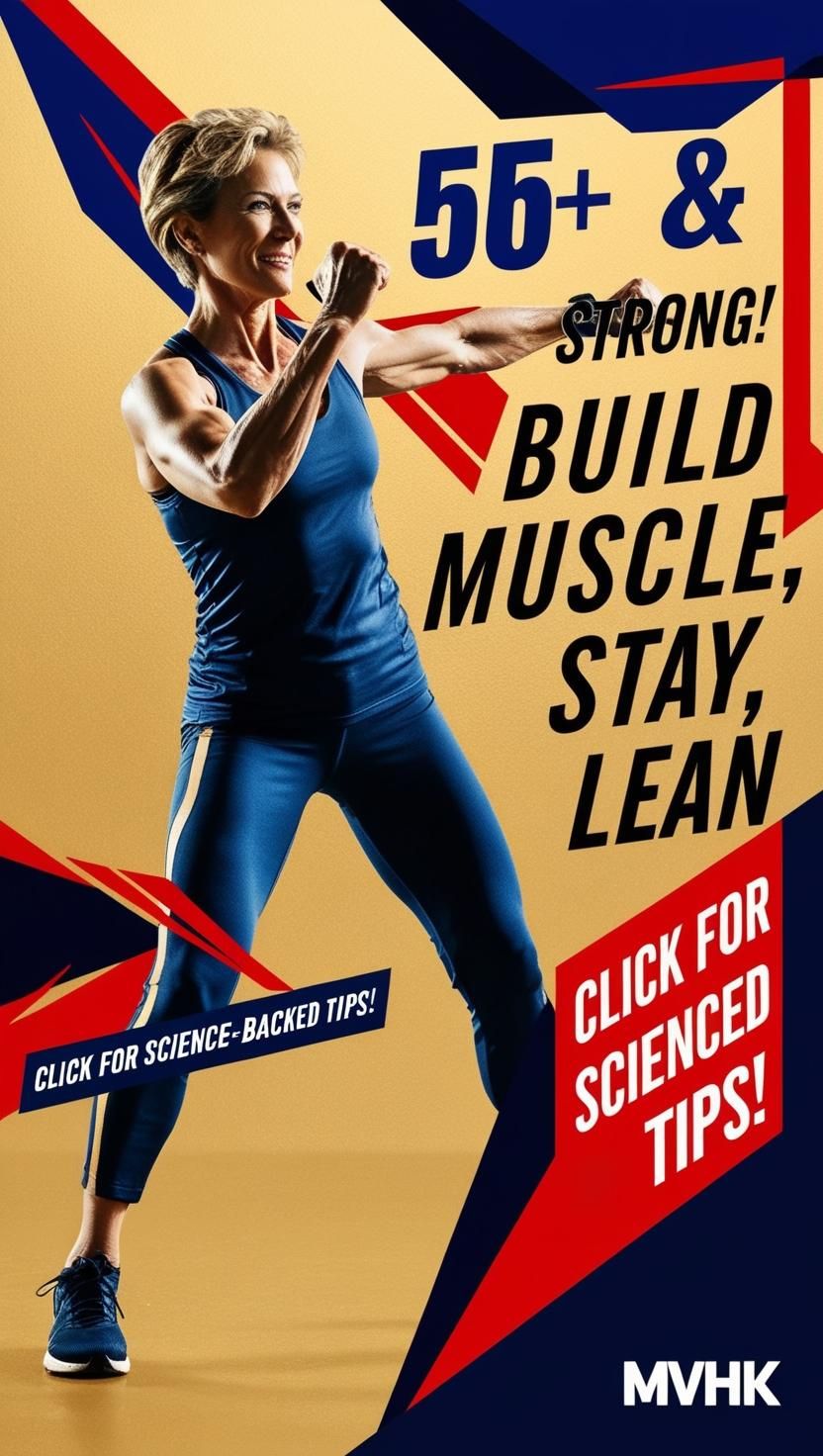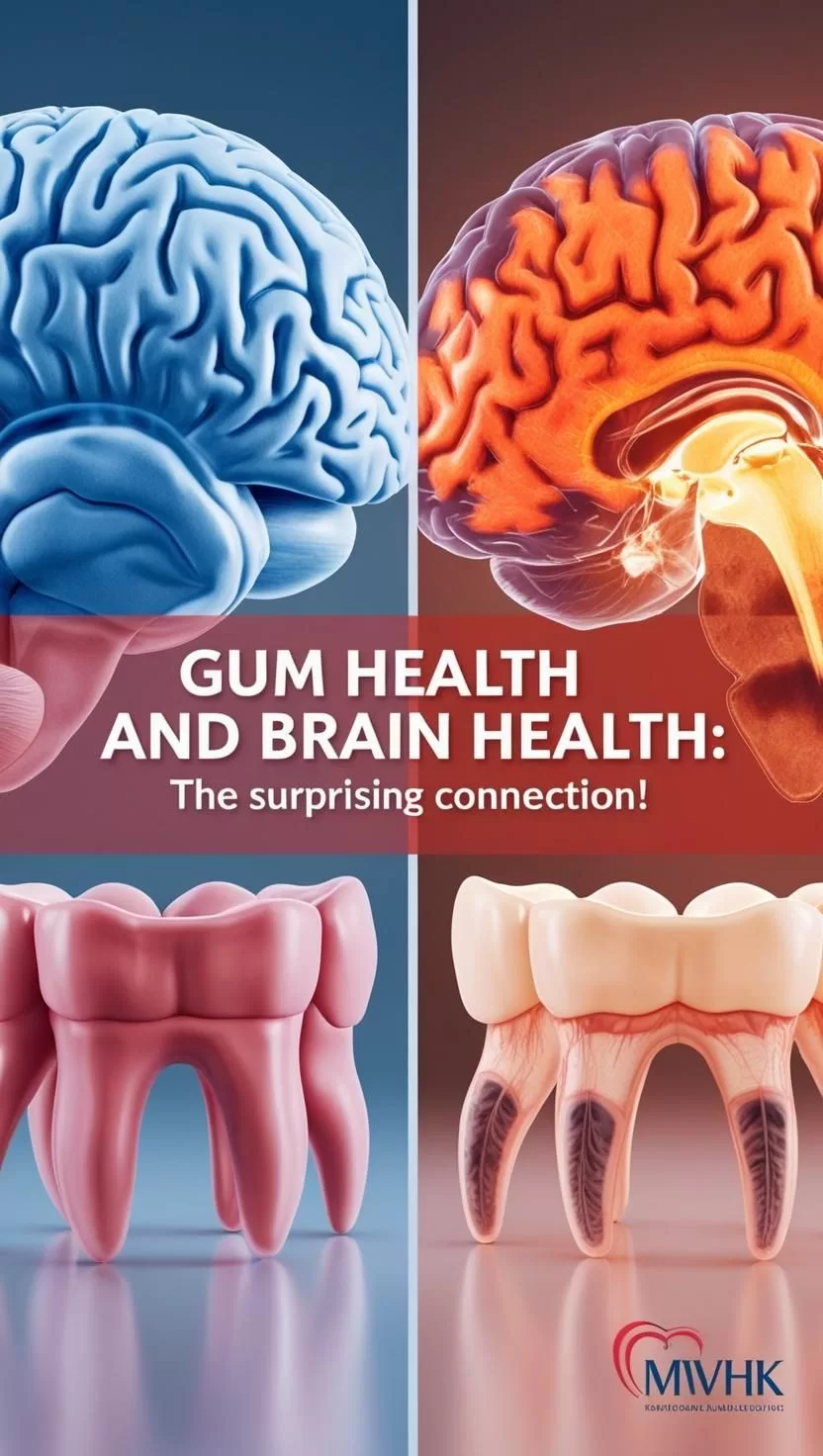Over 55 & Still Strong: How to Build Muscle & Stay Lean!
Aging doesn’t mean losing muscle and gaining fat is inevitable. In fact, with the right approach, you can stay strong, lean, and energized well into your 50s, 60s, and beyond. Building muscle after 55 requires a smart combination of strength training, protein intake, and recovery strategies. Backed by science from Harvard Health and longevity expert Peter Attia, this guide will show you how to maintain muscle mass and keep your metabolism firing as you age.
1️⃣ Why Muscle Loss Happens After 55
📉 Understanding Sarcopenia
Sarcopenia, or age-related muscle loss, begins as early as 30 and accelerates after 50. Studies show that individuals can lose 3–5% of their muscle mass per decade if they don’t take preventive measures. The main causes include:
- Lower levels of anabolic hormones (testosterone, growth hormone, IGF-1)
- Reduced physical activity
- Decreased protein synthesis
- Chronic inflammation
🚨 The Risks of Muscle Loss
Losing muscle isn’t just about aesthetics—it directly impacts your strength, metabolism, bone health, and overall longevity. Research shows that higher muscle mass is linked to a lower risk of mortality.
2️⃣ Strength Training for Muscle Growth After 55
🏋️♂️ Best Strength Training Exercises
To counteract muscle loss, resistance training is crucial. Focus on compound movements that engage multiple muscle groups:
- Squats – Strengthens legs, glutes, and core.
- Deadlifts – Enhances posterior chain and grip strength.
- Push-ups – Builds upper body endurance.
- Rows – Improves posture and back strength.
- Planks – Engages core for stability.
How Often? Aim for 2-4 strength training sessions per week. A 2023 Harvard study found that resistance training twice a week reduces the risk of sarcopenia by 30%.
💡 Progressive Overload: The Key to Growth
Progressive overload means gradually increasing resistance or intensity over time. Ways to do this:
- Add weight to your exercises.
- Increase reps or sets.
- Reduce rest time between sets.
- Use resistance bands or machines.
3️⃣ The Role of Nutrition in Building Muscle
🍗 Protein: The Building Block of Muscle
As you age, your muscle protein synthesis declines, meaning you need more protein to maintain and grow muscle. Experts recommend:
- 1.2–2.0g of protein per kg of body weight (higher than the RDA of 0.8g/kg).
- High-quality protein sources like lean meats, fish, eggs, Greek yogurt, and plant-based proteins.
- Protein timing: Distribute protein intake evenly throughout the day for better absorption.
🥑 Essential Nutrients for Muscle Health
Beyond protein, include:
- Omega-3s (salmon, walnuts) – Reduce inflammation and aid recovery.
- Vitamin D & Calcium (dairy, leafy greens) – Strengthen bones.
- Creatine – Proven to enhance muscle strength and cognitive function.
4️⃣ Recovery & Hormonal Optimization
💤 Sleep & Muscle Recovery
Muscle repair happens during sleep, so getting 7-9 hours per night is essential. Lack of sleep lowers testosterone and growth hormone levels, impairing muscle recovery.
🔥 Managing Stress & Inflammation
Chronic stress raises cortisol, which breaks down muscle tissue. Combat this by:
- Practicing mindfulness, meditation, or deep breathing.
- Prioritizing active recovery (walking, yoga, mobility work).
- Eating an anti-inflammatory diet (berries, turmeric, green tea).
5️⃣ How to Get Started Today
- Start with 2-3 full-body workouts per week (focus on compound movements).
- Increase protein intake (aim for at least 1.2g/kg of body weight daily).
- Prioritize sleep and recovery (get 7-9 hours nightly).
- Track progress (use photos, measurements, or strength logs).
- Stay consistent! Muscle building after 50 is possible with a long-term approach.
📌 Frequently Asked Questions (FAQs)
🤔 Can you still gain muscle at 55+?
Absolutely! Studies show that even in your 70s and 80s, resistance training can increase muscle size and strength.
🏋️♂️ How much weight should I lift?
Start with lighter weights and focus on form. Gradually increase resistance based on your strength and fitness level.
🍽️ Should I take protein supplements?
If you struggle to meet daily protein goals through food, a high-quality whey or plant-based protein supplement can help.
Harvard Health Study on Strength Training and Aging
Peter Attia on Longevity and Muscle Mass
🔥 Final Thoughts
Muscle loss after 55 is not inevitable. With strategic strength training, smart nutrition, and proper recovery, you can maintain strength, stay lean, and thrive as you age. The key? Consistency and a proactive approach. Get started today and future-proof your body for decades to come! 💪





